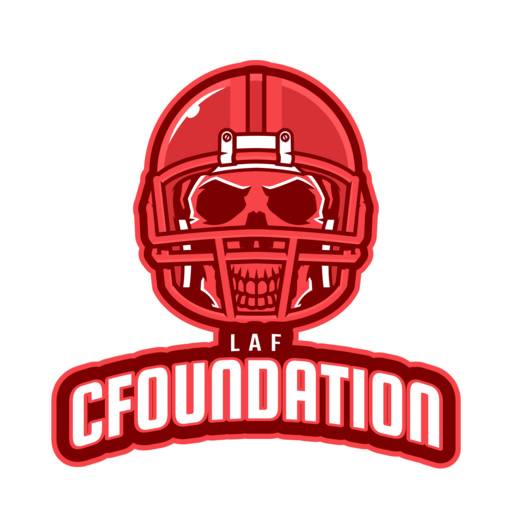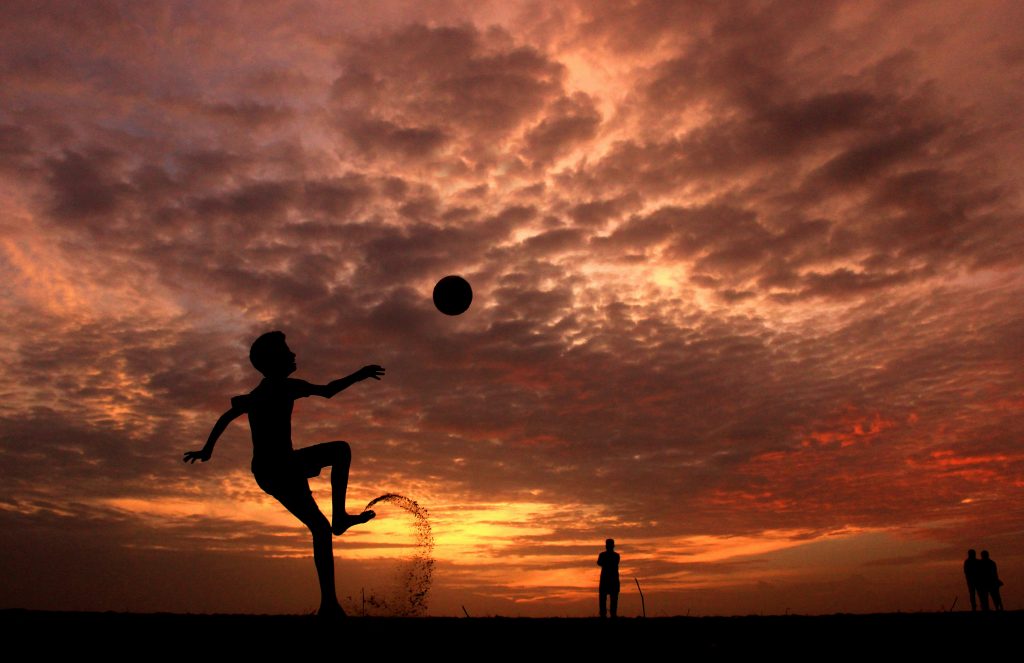Introduction
Choosing the right size soccer ball for your player is essential to their enjoyment, confidence, and skill development. Depending on the age group, different sizes of soccer balls are recommended. Soccer balls come in four standard sizes—3, 4, 5, and 6–with Size 3 being the smallest and Size 6 is the largest. The typical" ball used by adults" is a Size 5 ball.
Younger players need more petite balls to control quickly and to ensure a safe environment for them to play in. For most youth age groups (U6-U12), Size 3 soccer balls are the official size ball used to play the game of soccer at those levels.
Sizes 4 and 5 are typically used for older youth players from U13 through high school-aged teams, although smaller players may prefer a size four ball; a size six ball is usually only used by teams at the adult recreational level or higher due to its larger size making it difficult for younger players to control accurately.
This guide will cover each size in detail so you can make an informed decision when purchasing a soccer ball for your player or team.
Soccer Ball Sizes for Kids
Selecting the right soccer ball size for kids is necessary when enabling young players to have fun and experience the best of the game. Kids come in different sizes and have different needs from a soccer ball. Getting the best size for safety, fun, and performance is essential. This guide will explain the size and design of soccer balls according to the children's size and age group.
Size 1 (Ages 3 and Under)
Size 1 soccer balls are traditionally used for toddlers and young children ages three and under. These soccer balls have the same shape and construction as a regular size five soccer balls but are much smaller in circumference, measuring approximately 18 inches in circumference. The reduced size makes them more accessible for toddlers to grip and control on the field, resulting in higher success rates with shots and passes. Adults can also use size one soccer balls to improve ball control skills as part of structured training sessions or even at home due to their small size - perfect for enhancing close-ball control skills.
Size 3 (Ages 8 and Under)
Size 3 balls are best suited for players age eight and younger and are 23 to 24 inches in circumference, or about the size of a grapefruit. These mini-soccer balls can be used indoors and outdoors and usually weigh between 11 and 12 ounces. They are made from traditional leather, PVC, PU, and other synthetic materials. Being lightweight and smaller makes them great for developing basic ball control skills like trapping and passing as kids get used to the physicality of the game. This site is also popular as a "match ball" among recreational teams as it provides enough room for effective passing without too many troubled kicks due to its size.
Size 4 (Ages 8-12)
The FIFA-recommended size four soccer ball is 84 cm to 86 cm in circumference. This size ball is for kids between the ages of 8 and 12. It is best suited for competitive play on grass and complex fields, but many consider it the optimal size for players at this age, regardless of the surface.
In FIFA-approved games, Size 4 balls are used by boys and girls between the ages of 8-12. However, this doesn't mean that a younger child can't use it - these balls are excellent training aids as they offer reasonable control due to their increased weight compared to more petite balls. The importance of most Size 4 soccer balls ranges from 350 g - 410 g, which offers suitable heft for accurate passing and shooting without being too heavy for even the most minor kids.
Quality-manufactured Size 4 soccer balls often feature extra elements such as reflective technology, more resilient rubber compounds, and unique stitching for improved performance during competitive matches or training sessions.
Soccer Ball Sizes for Teens
Choosing the right soccer ball size for young athletes is essential for enjoying a safe, fun, and successful soccer experience. Teen soccer players need a ball that is the proper size and weight for their age and playing level. In this section, we'll discuss the different sizes available for teen soccer players and how to determine which size is best for them.
Size 5 (Ages 12 and Up)
Size 5 soccer balls are the standard for match play in leagues for players 12 years and older. This ball is traditionally 26 - 27 inches in circumference and is made from various materials to create its weight, feel, and size retention. The average weight of a size five soccer ball is 14 - 16 oz, giving it the perfect balance of speed while not compromising touch or control. Players should take extra caution when using a size five soccer ball during play to avoid injury to their feet due to the difference in circumference compared to smaller sizes. As FIFA standards have approved, size five soccer balls are designed as full-match balls.
Soccer Ball Sizes for Adults
Regarding soccer ball sizes, adults typically use a soccer ball size 5. This ball is more significant, made of a thicker material, and the inflatable bladder inside the ball is slightly larger, making it heavier. The size five ball is the only size used in international competitions and the highest levels of professional soccer, including the World Cup. Let's look further into soccer ball sizes for adults.
Size 5 (Ages 16 and Up)
Size 5 is the FIFA size prescribed for ages 16 and up, including adults. It is the standard size for matches, training, and professional games. This size ball is typically made with a durable synthetic material and features rubber or latex bladder technology that allows it to hold air pressure. It weighs between 14–16 ounces and has a circumference of 27–28 inches, with a tolerance of plus or minus two percent for all sizes in this category. The most common colors are white, black, and yellow, but you can find soccer balls with many different team colors and graphics. Size 5 balls come with various constructions to meet other performance goals. Some are designed specifically for high resistance against abrasions, while some are designed to provide increased visibility when playing or training on artificial fields. It is important to note that some leagues mandate specific sizes for competitions, so it may be necessary to adhere to these requirements when buying new soccer balls.
Size 6 (Ages 18 and Up)
Soccer Ball Size 6 is used for Adult Levels, including Outdoor and Indoor Soccer. This ball should be full-size and fit for professional, collegiate, and adult play. The weight of a Size 6 soccer ball is approximately 410-450 grams (14-16 ounces). A regular game ball usually has a circumference of 68-70 cm (27-28 inches).
The size 6 has 32 hand-sewn panels that perfectly grip all surfaces. The inside bladder should have good air retention to hold the air pressure over extended play periods. Quality materials such as synthetic leather or nylon should make up the surface material. Other essential features include durability, water resistance, and a design to reduce abrasion on more porous surfaces like grass fields or synthetic turf.
For Adult levels, players are expected to have better control and accuracy with passes, so having a quality game ball is essential for higher-level development among offers and greater enjoyment from play sessions by everyone involved in the pitch.
Conclusion
In summary, choosing the appropriate soccer ball size is critical for good gameplay and safe handling of the ball—several factors to consider when selecting the right fit, such as age and skill level. Recreational soccer balls are typically more significant, and those used by younger generations usually use smaller sizes. Training balls tend to come in sizes 1, 3, and 4 depending on the age group for which they are intended. Match balls tend to only come in sizes 4 and 5, but manufacturers may produce match balls specifically sized for different age groups or competitions. Be sure to verify the sizing when shopping for any ball to ensure you're selecting a proper fit for your youth soccer players!

